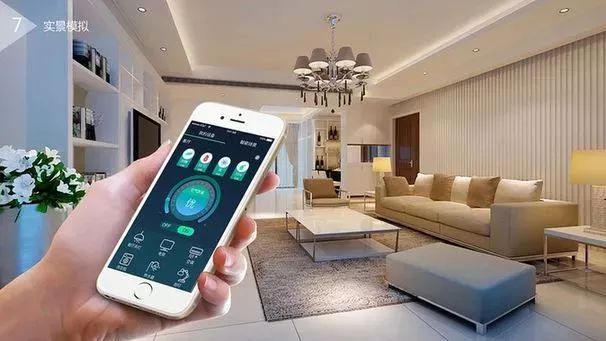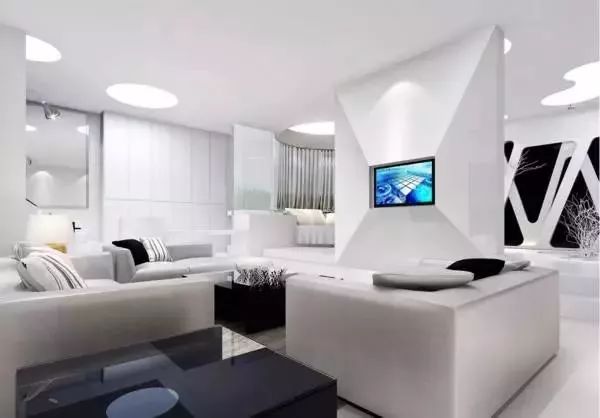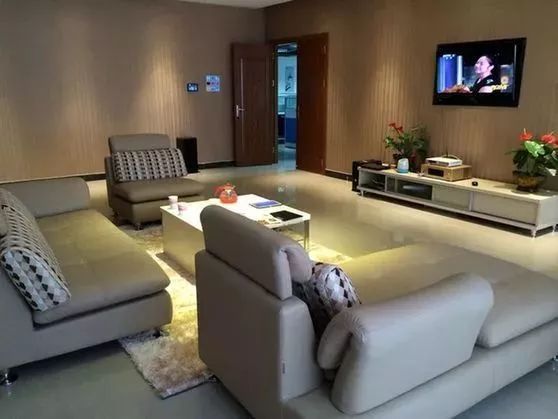 If the lights in your home automatically turn off when not in use, or if you receive a notification when someone is at your door, or if your TV turns off automatically after half an hour of use. These scenarios, which sound a bit like science fiction, are actually what smart homes are supposed to look like, as promoted by the media recently.
If the lights in your home automatically turn off when not in use, or if you receive a notification when someone is at your door, or if your TV turns off automatically after half an hour of use. These scenarios, which sound a bit like science fiction, are actually what smart homes are supposed to look like, as promoted by the media recently.

According to statistics from Statista, there are currently over 20 million complete smart homes in the United States. By 2022, this number is expected to reach 56 million, making the U.S. the fastest-growing smart home market in the world.
Smart homes reduce the burden of daily chores, help you manage electricity usage more effectively, and make life safer and more convenient for you and your family. So what exactly is a smart home? Simply put, all appliances and components in the home are connected via Wi-Fi and controlled centrally through a cloud-based system, operating automatically. It is not just simple automation; a smart home uses artificial intelligence technology to understand the owner’s preferences and habits, adjusting the operation modes of home devices accordingly.
Sounds tempting, right? In fact, creating a family-friendly smart home system is not difficult at all; it only takes five steps.
1. Choose the right smart home voice assistant and corresponding hardware products

A voice assistant is like your personal assistant; you can issue commands at any time, such as turning off all the lights in the house or turning on the TV. The voice assistant can interact with other smart devices in the home, using artificial intelligence to understand the owner’s preferences and providing an intelligent living experience. Currently, popular voice assistants in Europe and America include Amazon’s Alexa, Apple’s Siri, and Google’s Assistant, each with its own advantages and disadvantages, and requiring separate hardware support. Before making a decision, it’s important to research the features and pricing of each assistant.
2. Use smart locks and cameras to enable a worry-free living mode

Install smart locks that generate unique digital access keys for family members. No matter where you are, you can unlock or lock the door through a smartphone app. In fact, you may not even need a physical key anymore, as smart locks can recognize you or your family members and unlock automatically. When combined with cameras, the security of your residence is greatly enhanced, allowing only authorized individuals to enter the home, while the cameras will recognize authorized faces and notify you via messages if an unknown person enters or exits.
3. Smart fire alarms to prevent disasters
Traditional fire alarms have many issues, one major reason being that we often neglect the need to regularly change the batteries, leading to malfunctioning detectors. Even if the detectors are functioning, they cannot identify the nature or source of the fire. Smart fire alarms are very different. They can not only detect potential flames more effectively but also accurately identify their source. In addition to sounding a conventional alarm, they will also notify smart devices.
4. Smart appliances and sockets save energy

Traditional appliances must be manually turned off to save energy when not in use, but smart homes do not require such operations. When no one is around, smart appliances will turn off automatically, or you can simply ask your voice assistant to handle it. Furthermore, you can customize device management and energy-saving strategies, which can lead to significant savings on electricity bills over time.
5. Smart air conditioning systems for a more comfortable environment
Smart air conditioning systems in the home allow you to automatically heat or cool the space through a simple app, turning off when no one is around. Like other smart devices, voice control is also fully supported.
Smart homes are designed to make life more convenient. With advancements in technology, this trend is becoming increasingly simple, user-friendly, and accessible. These systems not only simplify daily life but also enhance home security, optimize device performance, and save energy.
Some images and text sourced from the internet

